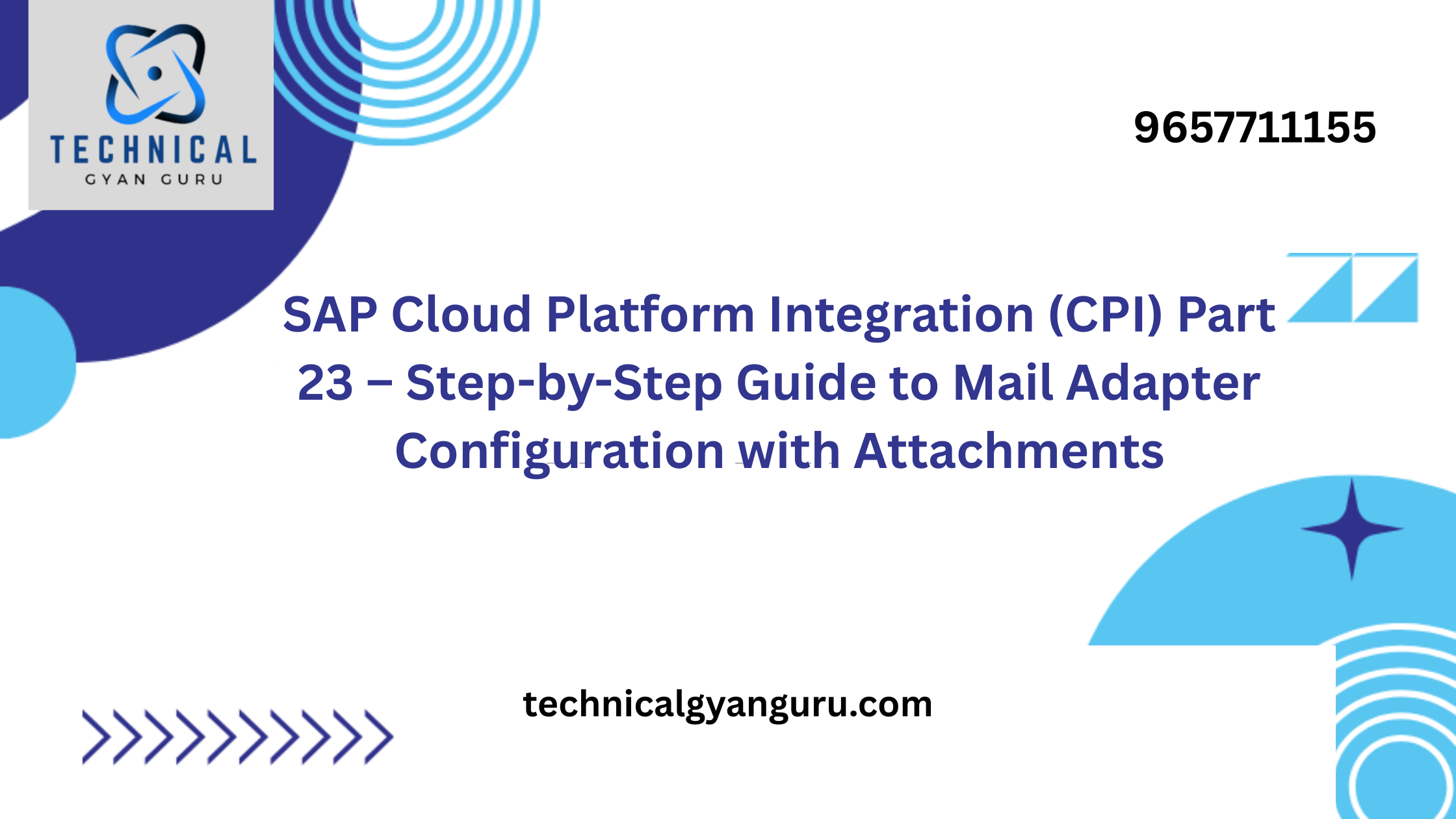
Introduction: At the heart of every powerful web application lies the ability to interact with data seamlessly. SAPUI5, a robust framework, offers a potent tool for this task: OData services. In this blog post, we’ll delve into the realm of consuming data with OData services in SAPUI5. We’ll explore the significance of OData, how it works, and how it empowers developers to integrate, manipulate, and display data effortlessly.
Understanding OData Services
OData, short for Open Data Protocol, is a standardized protocol for building and consuming RESTful APIs. It simplifies data exchange by providing a consistent way to interact with data resources via HTTP.
Advantages of OData Services
- Uniform API: OData offers a uniform way to access and manipulate data, regardless of the underlying data source.
- Efficient Data Retrieval: OData’s query options enable precise data retrieval, reducing unnecessary data transfer.
- Consistent Data Manipulation: OData’s CRUD (Create, Read, Update, Delete) operations ensure a consistent approach to data manipulation.
Creating and Configuring OData Services
- Setting Up OData Service: Understand the steps involved in creating and configuring an OData service to expose data.
- Defining Entity Sets: Learn how to define entity sets that represent collections of data in the OData service.
Consuming OData Services in SAPUI5
- OData Model: Explore the OData model in SAPUI5, which facilitates interaction with OData services.
- Binding OData to UI: Understand how to bind data from OData services to UI controls for seamless data presentation.
CRUD Operations with OData
- Create: Explore how to use OData to create new records in the backend data source.
- Read: Learn how to retrieve data from OData services and display it in your SAPUI5 application.
- Update: Understand the process of updating existing data records through OData services.
- Delete: Explore how to leverage OData for deleting data records.
Filtering, Sorting, and Pagination
- Filtering Data: Learn how to filter data from OData services based on specific criteria.
- Sorting Data: Explore how to sort retrieved data using OData’s sorting capabilities.
- Pagination: Understand how to implement pagination to retrieve and display data in manageable chunks.
Real-World Use Cases
- Fetching Product Catalogs: Understand how OData services can be employed to fetch and display product catalogs in e-commerce applications.
- Employee Directory: Explore how to use OData to retrieve and showcase employee information in an organization’s directory app.
What is OData service in API?
OData (Open Data Protocol) is a standardized protocol used to create and consume RESTful APIs for exposing and interacting with data. OData is designed to enable the building and consumption of data-rich APIs that can be easily consumed by various clients, including web applications, mobile apps, and other systems.
Here are some key features and concepts of OData services:
- RESTful Architecture: OData follows the principles of Representational State Transfer (REST), which emphasizes a stateless client-server communication model using standard HTTP methods (GET, POST, PUT, DELETE).
- Uniform Resource Identifier (URI): OData services expose resources through URIs. Each URI represents a specific entity, collection, or operation that can be queried or manipulated.
- CRUD Operations: OData supports standard CRUD (Create, Read, Update, Delete) operations, allowing clients to perform these actions on the exposed resources.
- Queryable Data: OData supports querying and filtering data using a standardized query syntax. Clients can request specific subsets of data, sort it, filter it based on conditions, and paginate results.
- Metadata: OData services provide metadata that describes the available entities, their properties, relationships, and operations. This metadata is usually provided in XML or JSON format and allows clients to understand the structure and capabilities of the API.
- Entity Sets: An entity set is a collection of related entities. Each entity represents a single record of data, and an entity set is akin to a database table.
- Navigation Properties: OData supports defining relationships between entities using navigation properties. These properties allow clients to navigate from one entity to related entities.
- Function and Action Endpoints: OData allows the definition of custom functions and actions that can be invoked on entities or entity sets. Functions return data, while actions can perform actions on data.
- Security and Authorization: OData supports various security mechanisms, such as authentication and authorization, to control access to the exposed data.
- Versioning: OData services can be versioned to provide backward compatibility when making changes to the API.
OData is often used when there is a need to expose data from backend systems in a standardized way, enabling different clients to easily access and manipulate that data without needing to understand the underlying data storage details. It’s worth noting that while OData provides a comprehensive set of features, its use should be evaluated based on the specific requirements of the application, as well as the capabilities of the server and client technologies being used.
Conclusion
OData services serve as the bridge between your SAPUI5 application and data sources, enabling seamless data integration and manipulation. By harnessing the power of OData, developers can create applications that effectively interact with backend systems, providing users with accurate, up-to-date information. As we continue our journey through the landscape of SAPUI5, we’ll delve deeper into its capabilities, uncovering more ways to empower you as a developer. Stay tuned for the next installment in our series, where we’ll uncover the essentials of data binding and models in SAPUI5.







